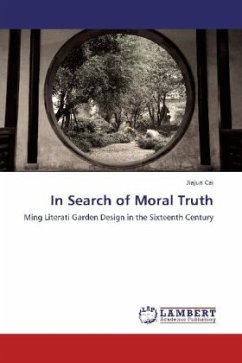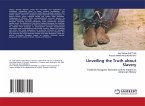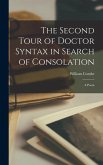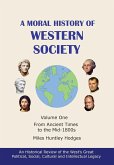It was a phenomenon that the literati garden began to flourish in the sixteenth century when Chinese Confucians reached the peak of artistic creation. Gardens at that time were simple and natural in style, which reflected typical Ming literati s thoughts more clearly. Although perhaps no Ming gardens have survived, we could depend on paintings that record them. A good case is the album of Zhuozhengyuan Garden painted by Wen Zhengming in 1533. I divided the thirty-one sceneries in the album into five thematic archetypes Concentrating in Reading and Writing , Merging Self with Trees and Flowers , Playing with Water , Contemplation by Viewing the Distance , Visiting the Wise , which demonstrate typical ideal literati life in the Ming dynasty to learn, to observe, to play, to meditate and to communicate with friends. When I compare these five themes with what Confucius had defined as the five perfect virtues, namely, Diligence , Gravity , Liberality , Belief , and Magnanimity , I find that they are in good congruence perhaps not by accidence, the activities and life in the garden were carefully designed for self-cultivation that led to moral perfection.
Bitte wählen Sie Ihr Anliegen aus.
Rechnungen
Retourenschein anfordern
Bestellstatus
Storno








